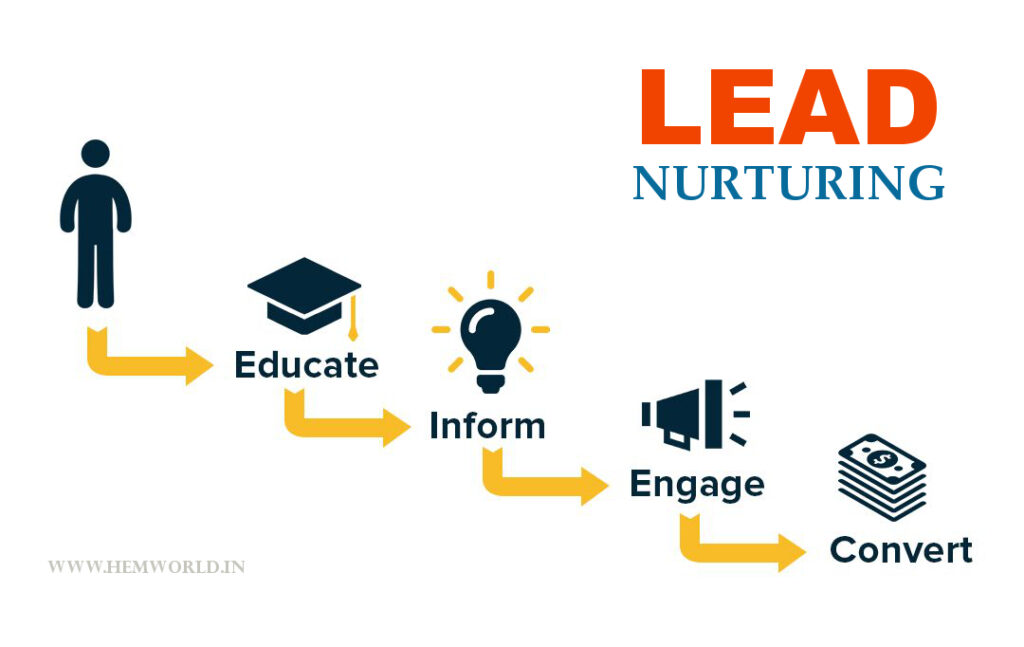Introduction: In the competitive world of digital marketing, lead generation is just the beginning of the journey. To convert those leads into paying customers, businesses must implement effective lead nurturing strategies. Nurturing leads involves building relationships, providing valuable information, and guiding potential customers through the buying process. In this blog post, we will explore the best practices in lead generation and nurturing to help you maximize conversions and drive business growth.
- Understanding the Buyer’s Journey: To nurture leads effectively, it is crucial to understand the buyer’s journey. Identify the stages a prospect goes through, from awareness to consideration and decision-making. Tailor your content and messaging to address their needs and pain points at each stage.
- Segmenting Your Leads: Not all leads are the same, so it’s essential to segment them based on demographics, behavior, interests, or engagement level. By categorizing leads into specific groups, you can deliver personalized content and offers that resonate with their unique needs, increasing the chances of conversion.
- Creating Valuable Content: Content is a powerful tool for lead nurturing. Develop a content strategy that aligns with your target audience’s interests and challenges. Offer valuable resources such as blog posts, eBooks, case studies, videos, or webinars that address their pain points and provide solutions. Use a mix of formats to cater to different preferences and learning styles.
- Implementing Marketing Automation: Marketing automation platforms can streamline lead nurturing efforts by delivering timely, personalized messages to prospects. Set up automated email sequences triggered by specific actions or time intervals. This approach allows you to engage with leads consistently and nurture them through the sales funnel.
- Personalizing Communication: Generic, one-size-fits-all messages are no longer effective. Personalize your communication to establish a stronger connection with leads. Address them by name, reference their previous interactions or preferences, and provide tailored recommendations. Leverage data and insights to deliver targeted content that resonates with each individual.
- Lead Scoring and Qualification: Not all leads are ready to make a purchase immediately. Implement lead scoring and qualification systems to identify the most promising leads. Assign scores based on their engagement, demographics, and behavior. Focus your efforts on leads with higher scores to prioritize your resources and optimize conversions.
- Continuous Follow-up: Consistent follow-up is vital for lead nurturing success. Develop a lead follow-up plan that includes regular touchpoints through email, phone calls, social media, or retargeting ads. Stay top of mind and provide relevant information that keeps prospects engaged and moving forward in their buying journey.
- Sales and Marketing Alignment: Close collaboration between sales and marketing teams is crucial for effective lead nurturing. Define shared goals, establish a lead handoff process, and maintain open communication. Aligning both teams’ efforts ensures a seamless transition from marketing-generated leads to sales opportunities.
Conclusion: Lead generation is only the first step in the customer acquisition process. To maximize conversions and grow your business, implementing effective lead nurturing strategies is essential. By understanding the buyer’s journey, personalizing communication, delivering valuable content, and utilizing automation, you can build relationships, establish trust, and guide prospects towards becoming loyal customers. Invest in lead nurturing to unlock the full potential of your digital marketing efforts and drive sustainable business growth.



